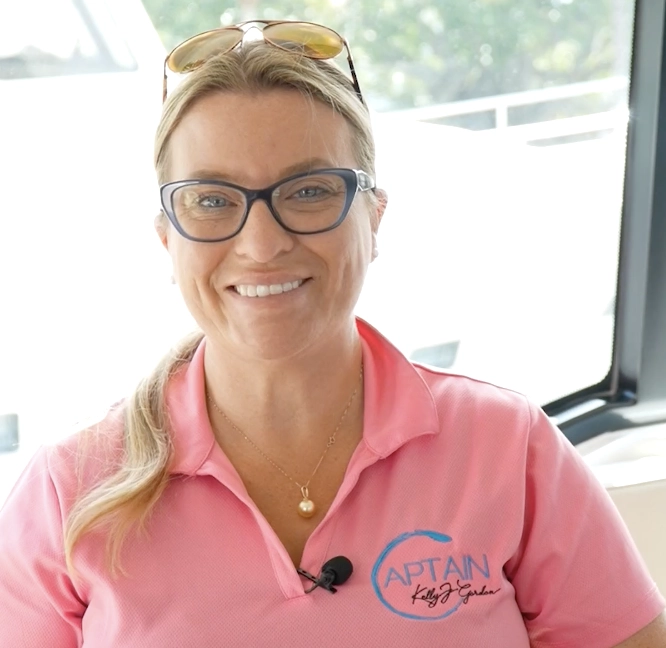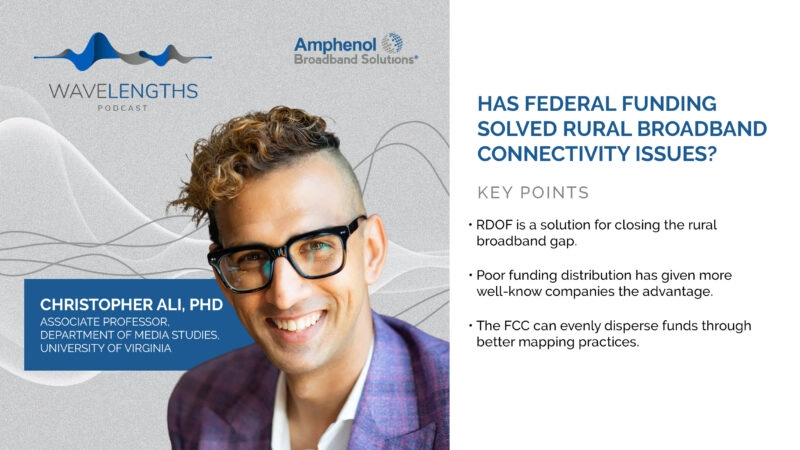Wavelengths: Innovating the Foundations of Industry 4.0 Part II
In Part II of this exciting chat through the trends and digital transformation taking shape to build industry 4.0, host Daniel J. Litwin continues the conversation with CEO of TribalScale, Sheetal Jaitly.
As discussed in Part I, there are evolutions occurring to the foundations of technologies which help move the entire industry into digital landscape 4.0. 5G developments by Nokia out of Europe, Jaitly mentioned, have been successfully able to converge multiple radio channels. This test means that shortly,this technology will have great effects on different industries, including some disruptions.
Self-driving cars, for example, will need advancements in 5G and edge to really take shape. However, the infrastructure for such new technology will have to be updated accordingly. This means more bandwidth is needed. Jaitly was frank, “Let’s all admit that there’s going to be a very large bandwidth issue as more and more things are being connected.” The more the private sector vocalizes this need, the better the chances are this problem will be addressed quickly.
With people more used to being digitally connected than ever before, preparing for the future also means preparing the infrastructure for many types of use-cases. Jaitly observed the market, “I honestly believe in the innovation of not only the enterprise but of start-ups that we haven’t even been able to see the use-cases of what that can do for the everyday person.”
Creating actionable steps to help empower future connections is the first part of many in building industry 4.0, but Jaitly is sure it will happen. Taking a look at individual business needs, Jaitly stated that everyone should be thinking about one question moving into the future, “What does a truly connected city mean for its citizens and for the world?”




